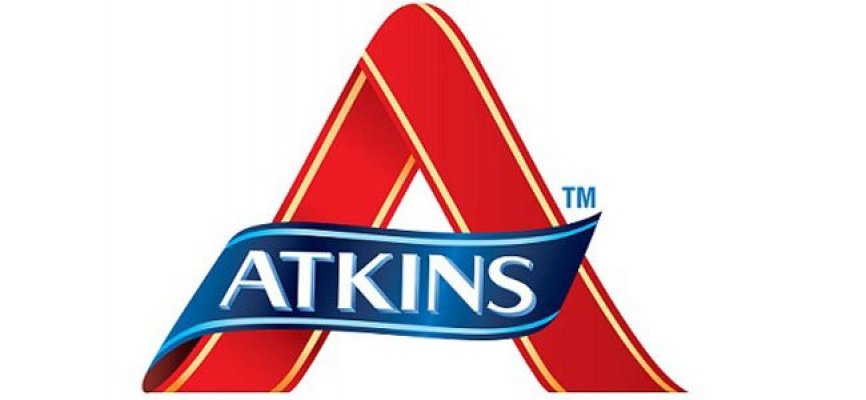The Atkins Diet
Source: Wikipedia, the free encyclopedia

The Atkins Diet, officially called the Atkins Nutritional Approach, is a low-carbohydrate diet promoted by Robert Atkins from a research paper he read in the Journal of the American Medical Association published by Dr. Alfred W. Pennington, titled "WEIGHT REDUCTION", published in 1958.
Atkins used the study to resolve his own overweight condition. He later popularized the method in a series of books, starting with Dr. Atkins' Diet Revolution in 1972. In his second book, Dr. Atkins' New Diet Revolution (2002), he modified parts of the diet but did not alter the original concepts. The most recent version of the diet which incorporates the most recent advances in science was authored by Dr. Eric C. Westman, M.D.; Dr. Stephen D. Phinney, M.D. and Dr. Jeff S. Volek, Ph.D.
The New Atkins for a New You (2010) is based upon a broad array of information gained over the last decade not covered in previous editions, including nutrient-rich foods. The New Atkins for a New You Cookbook was released in 2011 by Colette Heimowitz to provide dieters with simple, low-carb recipes.
Nature of the diet
The Atkins diet involves limited consumption of carbohydrates to switch the body's metabolism from metabolizing glucose as energy over to converting stored body fat to energy. This process, called ketosis, begins when insulin levels are low; in normal humans, insulin is lowest when blood glucose levels are low (mostly before eating). Reduced insulin levels induces lipolysis which consumes fat to produce ketone bodies. On the other hand, caloric carbohydrates (for example, glucose or starch, the latter made of chains of glucose) affect the body by increasing blood sugar after consumption (in the treatment of diabetes, blood sugar levels are used) Fiber, because of its low digestibility, provides little or no food energy and does not significantly affect glucose and insulin levels.
In his early books such as Dr Atkins' New Diet Revolution, Atkins made the controversial argument that the low-carbohydrate diet produces a metabolic advantage because "burning fat takes more calories so you expend more calories". He cited one study where he estimated this advantage to be 950 calories (4.0 MJ) per day. A review study published in Lancet concluded that there was no such metabolic advantage and dieters were simply eating fewer calories because of boredom. Professor Astrup stated, "The monotony and simplicity of the diet could inhibit appetite and food intake".
In the most recent book by Drs. Westman, Phinney, and Volek, the authors suggest optimal levels of protein, fat, and calorie intake, and have moved away from the metabolic advantage theory.
The Atkins Diet restricts "net carbs" (digestible carbohydrate grams that affect blood sugar less fiber grams). One effect is a tendency to decrease the onset of hunger, perhaps because of longer duration of digestion (fats and proteins take longer to digest than carbohydrates). Atkins states in his 2002 book New Diet Revolution that hunger is the number one reason that low-fat diets fail, and that the Atkins diet is easier because one is satisfied with adequate protein, fat and fiber.
Net carbohydrates can be calculated from a food source by subtracting fiber and sugar alcohols (which are shown to have a smaller effect on blood sugar levels)[citation needed] from total carbohydrates. Sugar alcohols contain about two calories per gram, and the American Diabetes Association recommends that diabetics count each gram as half a gram of carbohydrate. Fructose (for example, as found in many industrial sweeteners) has four calories per gram but has a very low glycemic index and does not cause insulin production, probably because β cells have low levels of GLUT5. Leptin, an appetite regulating hormone, is however not triggered following consumption of fructose. This may for some create an unsatisfying feeling after consumption which might promote binge behavior that culminates in an increased blood triglyceride level arising from fructose conversion by the liver.
Preferred foods in all categories are whole, unprocessed foods with a low glycemic index, although restrictions for low glycemic carbohydrates (black rice, vegetables, etc.) are the same as those for high glycemic carbohydrates (sugar, white bread). Atkins Nutritionals, the company formed to market foods that work with the Atkins Diet, recommends that no more than 20% of calories eaten while on the diet come from saturated fat.
Atkins' book, Atkins Diabetes Revolution, states that, for people whose blood sugar is abnormally high or who have Type 2 diabetes mellitus, the Atkins diet decreases or eliminates the need for drugs to treat these conditions. The Atkins Blood Sugar Control Program (ABSCP) is an individualized approach to weight control and permanent management of the risk factors for diabetes and cardiovascular disease. Nevertheless, the causes of Type 2 diabetes remain obscure, and the Atkins Diet is not accepted in conventional therapy for diabetes.
To read more, visit Wikipedia, the free encyclopedia or discuss in our community!
